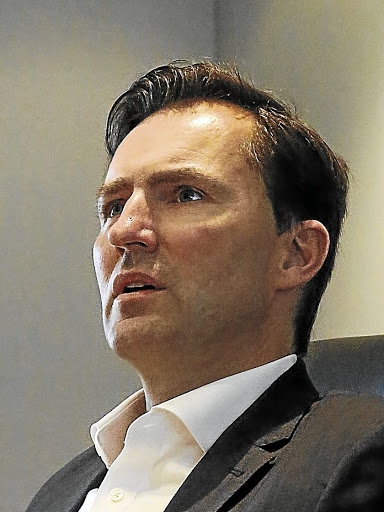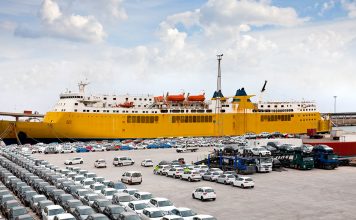Barely two months after starting production at a low-volume car assembly plant in Kenya, Volkswagen SA (VWSA) is in discussions with Rwanda about a similar operation there.
However, unlike the Kenyan joint venture, which is limited to building vehicles, VWSA’s Rwandan deal could extend to car-sharing and other forms of urban mobility.
Production at the Kenyan plant, just outside Nairobi, started in earnest in January. The facility, owned by Kenya Vehicle Manufacturers, receives partly assembled Polo Vivo kits from VWSA’s Uitenhage assembly plant in the Eastern Cape.
VWSA MD Thomas Schaefer said on Thursday his company expected to send 1,000 Vivos to Kenya in 2017.

This annual number would eventually rise to 5,000 as the Kenyan government made good on its promise to reduce the local market’s reliance on used Japanese imports by raising import duties.
Rwanda is similarly reliant on dumped used cars, but Schaefer said government officials had made clear their desire to encourage a local motor industry. He said the capital, Kigali, was a small, compact city that lent itself to vehicle usage, as well as ownership.
A joint-venture model in Rwanda might include vehicle assembly, as well as car sharing, taxi services and other forms of transport. “We have not settled on a model yet,” Schaefer said. “Once we do, we will work out the details. In principle, it could be possible to start vehicle-assembly in Rwanda by the end of 2017.”
VWSA might also send Polos and trans-ship kits for VW models built in other countries. Because vehicles arrive partly built, the assembly process is much simpler and cheaper than that of a full-scale manufacturing operation.
VWSA, for example, is in the advanced stages of a R4.5bn investment to build the next generation of Polo and Vivo cars in SA.
The investment will increase Uitenhage’s annual capacity from 120,000 to 180,000 vehicles, most of which will be exported to markets throughout the world.
While most multinational motor companies including VW, have chosen Nigeria as their second major African manufacturing base after SA, Schaefer said smaller markets should not be neglected. Tanzania and Ethiopia are both on VWSA’s radar for future deals.
The investment will increase Uitenhage’s annual capacity from 120,000 to 180,000 vehicles, most of which will be exported to markets throughout the world
Schaefer, who was recently handed responsibility for all VW activities in sub-Saharan Africa, said: “VW global headquarters in Germany wouldn’t look twice at the numbers we are talking about in African countries, but you have to take a long-term view. In Africa, you never go from A to B in a straight line.”
While new-car sales in most African countries were negligible, reduced dependence on exports could transform
the numbers.
Schaefer said Rwanda could support an annual market of
up to 100,000 new cars. If Kenya, Tanzania and Ethiopia followed suit, and then other countries, the whole situation would change.
If it didn’t happen, then VWSA’s risk exposure was small. “The main financial risk is to our partners. There is more pressure on the Kenyan government to get the joint venture right than there is on us.
“The Chinese go to some of these countries and say they will put up an assembly plant that can build 1-million cars.
“But where will those cars go? I am offering reality,” said Schaefer.




![Top 20 Used Cars to Avoid Buying in Kenya – [PHOTOS]](../../../blog/wp-content/uploads/2013/11/top-used-unreliable-cars-to-avoid2-80x60.jpg)


![Here are some of the best tuned cars in kenya by state of the art garages [PHOTOS]](../../../blog/wp-content/uploads/2013/11/29402_10151301757042065_340470732_n-e1384498044289.jpg)
![Top 20 Used Cars to Avoid Buying in Kenya – [PHOTOS]](../../../blog/wp-content/uploads/2013/11/top-used-unreliable-cars-to-avoid2-100x70.jpg)






